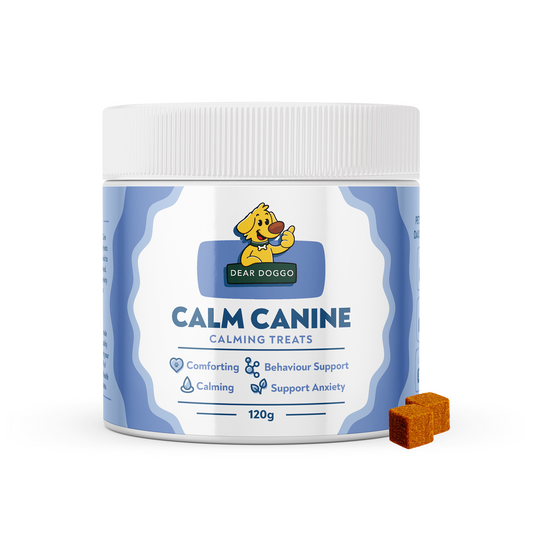Dogs are known for being expressive animals, and one of the most prominent features they use to communicate is their tail. A wagging tail can convey a variety of emotions and messages, providing valuable insights into a dog's state of mind. In this blog post, we'll delve into the fascinating world of dog tail language, exploring the different types of wags, their meanings, and how understanding your furry friend's tail signals can enhance your bond.

A wagging tail is often associated with happiness, but the nuances in the wag provide more information. A broad, sweeping wag with the entire back end of the dog involved is a clear sign of joy and excitement. On the other hand, a slow and gentle wag may indicate a more relaxed and content state.

The Confident Tail

A high-held tail that wags confidently suggests a dog is feeling self-assured and possibly dominant. This tail position is often seen in more assertive or outgoing dogs. It's important to interpret this in context with other body language to gauge the overall demeanor of the dog.
The Aggressive Tail
A raised tail that is stiff and bristled can indicate aggression. This is often accompanied by other warning signs such as growling, bared teeth, and a tense body posture. Recognizing these signals is crucial to prevent potential conflicts.
Understanding your dog's tail language is a valuable skill that enhances the bond between you and your furry companion. By paying attention to the nuances in their tail movements, you can better interpret their emotions and respond accordingly. Remember that tail language is just one aspect of canine communication, so always consider it in conjunction with other body language cues for a more comprehensive understanding of your dog's feelings.
 45-Day Money Back Guarantee
45-Day Money Back Guarantee





